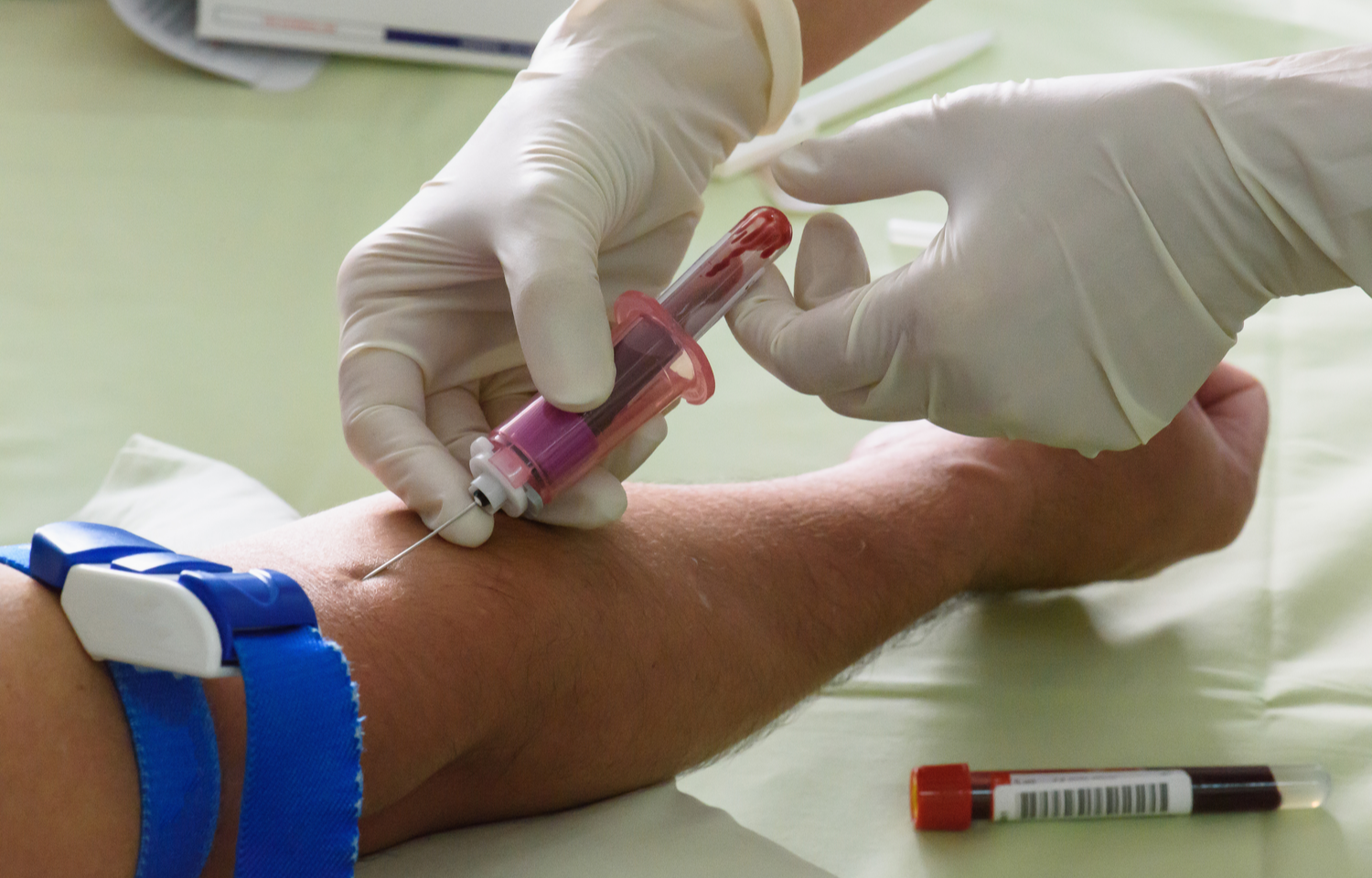The blood sample that you provide can be drawn in many ways, but it will always have to travel the same route. The blood sample leaves the exam room to travel to a lab on site or to another testing facility where it will be examined for compounds that your doctor is interested in analyzing.
The blood samples can’t stay in banks with limited storage capacity. It may not matter for the interpretation of your test results where your blood samples are sent after testing, but it may matter for your own personal reasons or for security.
How To Dispose Of Specimens
After being examined by a pathologist, specimens collected for testing, such as blood, organ tissue, saliva and others, are disposed after they have been examined. To ensure safety, discretion, and security, laws govern the disposal process. You might have wondered why some containers or doors were labeled “Bio-Hazardous Waste”. This is likely the place where samples are kept, before being disposed of or stored.
Blood samples can be disposed of in several ways, including:
Incineration
Incineration is the most common way to dispose of blood samples, as it can contain bacteria or viruses. Incineration converts blood to ashes and gases that can be cleaned again before disposal. It is important to avoid an accumulation of blood outside a controlled environment and to stop the spread of diseases.
Bleaching
Bleaching is a method of disinfecting blood samples by chemical means.
Autoclaving
The autoclave uses steam at high pressure produced in a chamber to sterilize blood samples. Steam kills pathogens, and the blood is turned into a disposable material that’s environmentally friendly. The same method is used to reuse plastic and melt it down.
Microwaving
The microwave treatment is a more recent method for disposing of blood. The waves emit radiation that theoretically destroys any harmful material and allows the sample to be disposed of. This is a new method and it’s unlikely that you will use it to dispose of the sample.
Is It Possible To dispose Of All Blood Samples?
Your samples may require different storage methods and times depending on the tests that are performed. Many labs store donated samples, like blood or organs for transplants.
Biobanks (often run by the government) are places where samples are stored and studied for research. Material can be purchased by companies for testing purposes such as medication or cancer research. The samples are labeled to include identifying information, such as age, gender, diagnoses, etc.
You may wonder if you can control what happens to the samples you provide. Blood samples are usually discarded after testing, but they can be used to conduct further tests without your knowledge. Common law states that you no longer have a legal claim on the sample once it is removed from your body. This means any additional testing will be done without your knowledge.
The Takeaway
Incineration and other sterilization techniques are used to dispose of blood samples. By disposing of bioactive material with caution, medical facilities protect both your privacy and the safety of the surrounding environment.
The testing lab will never reveal your personal information. The disposal method will be the most effective and safest way to render your samples inactive, so that they can be disposed without harming or spreading disease.
We have a mobile concierge service, provides on-site diagnostic/health screens and at-home blood drawing for individuals and businesses. Our specialists can perform blood tests. Schedule an appointment to complete your exam.

